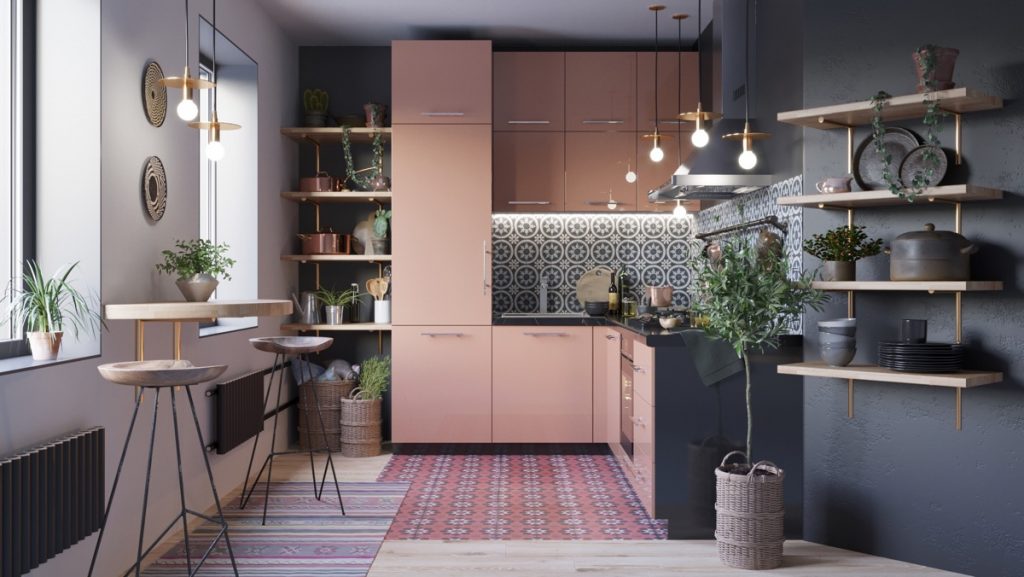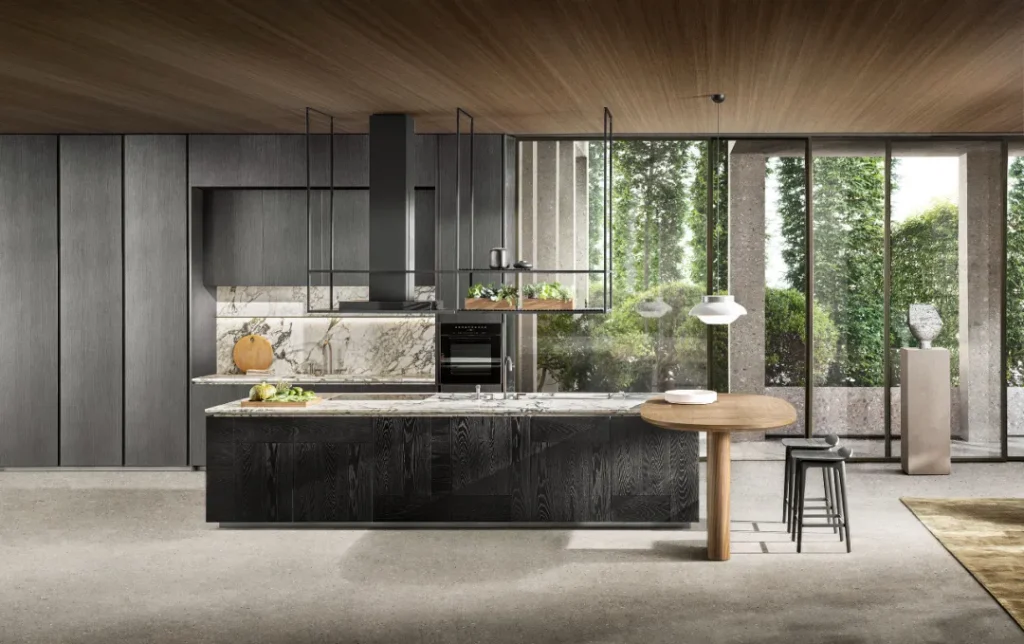Shining a Light on Classic Kitchen Design: Illuminating Your Space with Timeless Lighting

Lighting plays a crucial role in creating a classic kitchen design. It not only enhances the overall ambiance of the space but also improves its functionality. A well-designed lighting scheme can transform a kitchen into a warm and inviting space where cooking and entertaining become a pleasure.
The impact of lighting on the overall ambiance and functionality of the kitchen cannot be overstated. Proper lighting can make a small kitchen appear larger, highlight architectural details, and create a cozy atmosphere. On the other hand, inadequate lighting can make even the most beautiful kitchen feel dull and uninviting.
Understanding the Principles of Classic Kitchen Design
Classic kitchen design is characterized by timeless elegance and sophistication. It often features elements such as ornate cabinetry, intricate moldings, and rich materials like marble and wood. To complement and enhance these elements, it is important to choose lighting fixtures that are in harmony with the overall design aesthetic.
In a classic kitchen, lighting should be soft and warm to create a cozy and inviting atmosphere. Chandeliers, pendant lights, and wall sconces are popular choices for classic kitchen design as they add a touch of elegance and provide ambient lighting. Under-cabinet lighting is also commonly used to illuminate work surfaces and create a functional workspace.
Choosing the Right Lighting Fixtures for Your Classic Kitchen
When selecting lighting fixtures for your classic kitchen, there are several factors to consider. First, think about the size and layout of your kitchen. Larger kitchens may require multiple light sources to ensure adequate illumination, while smaller kitchens may benefit from fewer but strategically placed fixtures.
Next, consider the style of your kitchen. Traditional chandeliers or pendant lights with ornate details are perfect for classic kitchens with elaborate cabinetry and moldings. For a more understated look, simple yet elegant fixtures like flush-mount ceiling lights or wall sconces can be used.
Incorporating Natural Light into Your Kitchen Design
Natural light is a valuable asset in any kitchen, and it can greatly enhance the overall design and functionality of a classic kitchen. Natural light not only makes the space feel brighter and more open but also provides health benefits by boosting mood and productivity.
To maximize natural light in your kitchen, consider the placement of windows and skylights. If possible, position your sink or prep area near a window to take advantage of natural light while working. Additionally, using light-colored finishes and reflective surfaces can help bounce natural light around the room.
Creating a Focal Point with Lighting in Your Kitchen
Lighting can be used to create a focal point in your classic kitchen, drawing attention to a specific area or feature. This can be achieved through the use of accent lighting, such as spotlights or track lighting, which can highlight architectural details, artwork, or a statement piece like a range hood or island.
For example, if you have a beautiful backsplash or a decorative range hood, you can install under-cabinet lighting to highlight these features. Similarly, pendant lights can be used to draw attention to an island or dining area. By creating a focal point with lighting, you can add visual interest and make your kitchen feel more dynamic.
Enhancing Functionality with Task Lighting in Your Kitchen

Task lighting is essential in the kitchen as it provides focused illumination for specific activities such as food preparation and cooking. In a classic kitchen design, task lighting should be both functional and aesthetically pleasing.
Under-cabinet lighting is a popular choice for task lighting in classic kitchens as it provides direct illumination on work surfaces. LED strip lights or puck lights can be installed underneath cabinets to ensure adequate lighting for chopping, slicing, and other food preparation tasks.
Using Accent Lighting to Highlight Key Features in Your Kitchen
Accent lighting is another important element in creating ambiance and visual interest in a classic kitchen. It can be used to highlight key features such as artwork, open shelving, or glass-front cabinets.
For example, if you have a collection of beautiful china or glassware displayed in your kitchen, you can install recessed or track lighting above the shelves to showcase these items. Similarly, if you have a statement piece like a decorative range hood or a unique backsplash, you can use spotlights or pendant lights to draw attention to these features.
Maximizing Energy Efficiency with LED Lighting in Your Kitchen
LED lighting is an energy-efficient and cost-effective option for classic kitchen design. LED bulbs use significantly less energy than traditional incandescent bulbs and have a much longer lifespan. They also produce less heat, making them safer to use in the kitchen.
When choosing LED lighting fixtures for your classic kitchen, look for fixtures that are labeled as “warm white” or “soft white” to ensure a cozy and inviting ambiance. Additionally, consider installing dimmer switches so you can adjust the brightness of your LED lights according to your needs.
Tips for Maintaining and Cleaning Your Kitchen Lighting Fixtures
To keep your kitchen lighting fixtures looking their best, it is important to clean and maintain them regularly. Dust and dirt can accumulate on light fixtures over time, affecting their performance and appearance.
To clean your lighting fixtures, start by turning off the power and removing any bulbs or shades. Use a soft cloth or duster to gently wipe away dust and dirt from the surface of the fixture. For more stubborn stains or grime, you can use a mild cleaning solution and a soft brush.
Bringing Your Classic Kitchen Design to Life with the Perfect Lighting Scheme
To bring your classic kitchen design to life, it is important to create a cohesive and functional lighting scheme. This can be achieved by combining different types of lighting fixtures and layering them throughout the space.
Start by determining the main sources of light in your kitchen, such as ceiling lights or pendant lights. Then, add task lighting under cabinets or above work surfaces to ensure adequate illumination for cooking and food preparation. Finally, incorporate accent lighting to highlight key features and create ambiance.
In conclusion, lighting plays a crucial role in creating a classic kitchen design. It enhances the overall ambiance and functionality of the space, making it a warm and inviting place to cook and entertain. By understanding the principles of classic kitchen design and choosing the right lighting fixtures, you can create a beautiful and functional kitchen that stands the test of time.
If you’re looking to revolutionize your kitchen lighting with wireless freedom, you won’t want to miss this article on the cordless lamp. This innovative lighting solution is changing the game by eliminating the need for cords and allowing you to place your light wherever you need it most. Say goodbye to tangled cords and hello to a clutter-free kitchen! Check out the article here to learn more about this exciting new technology.



